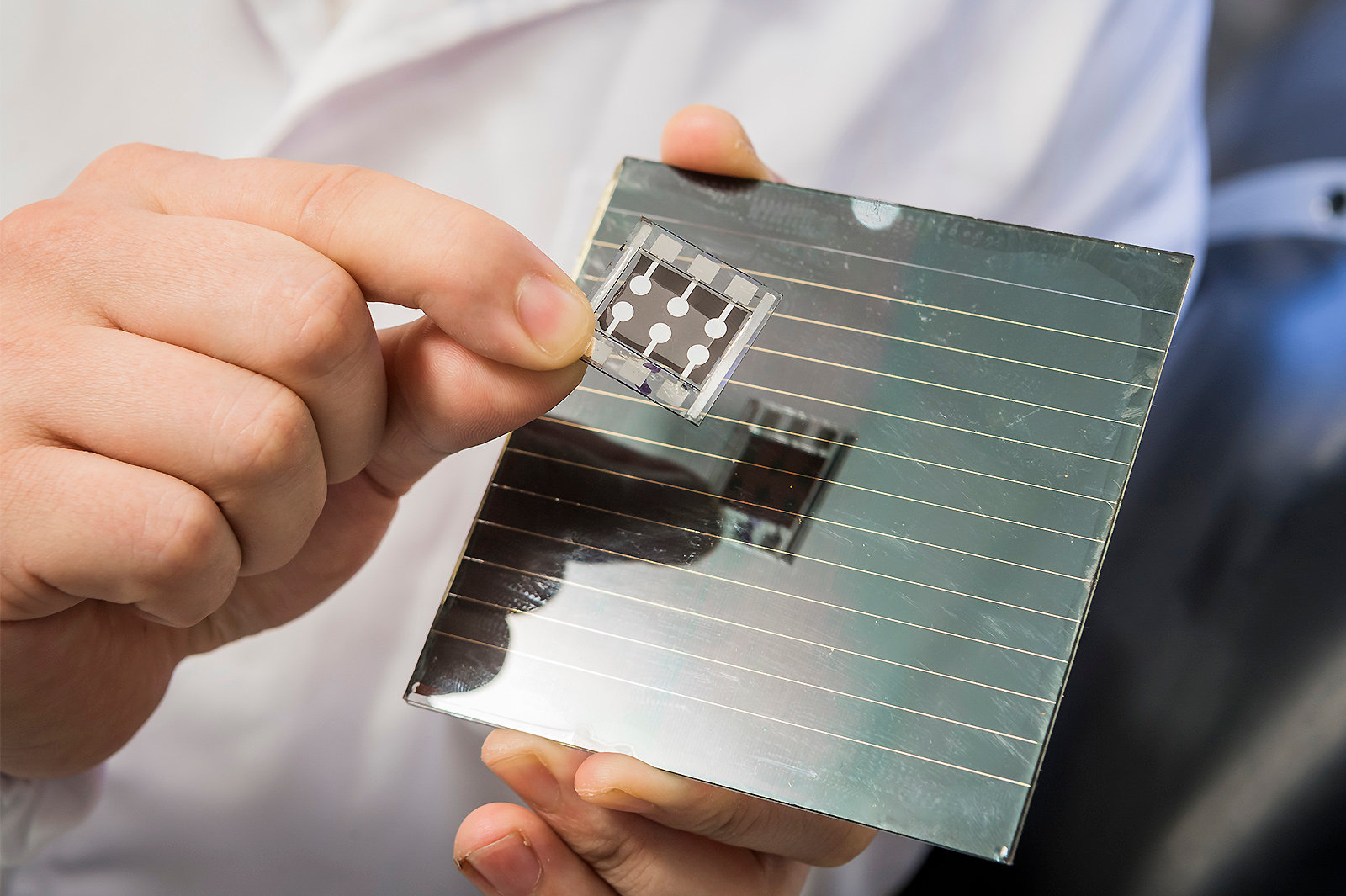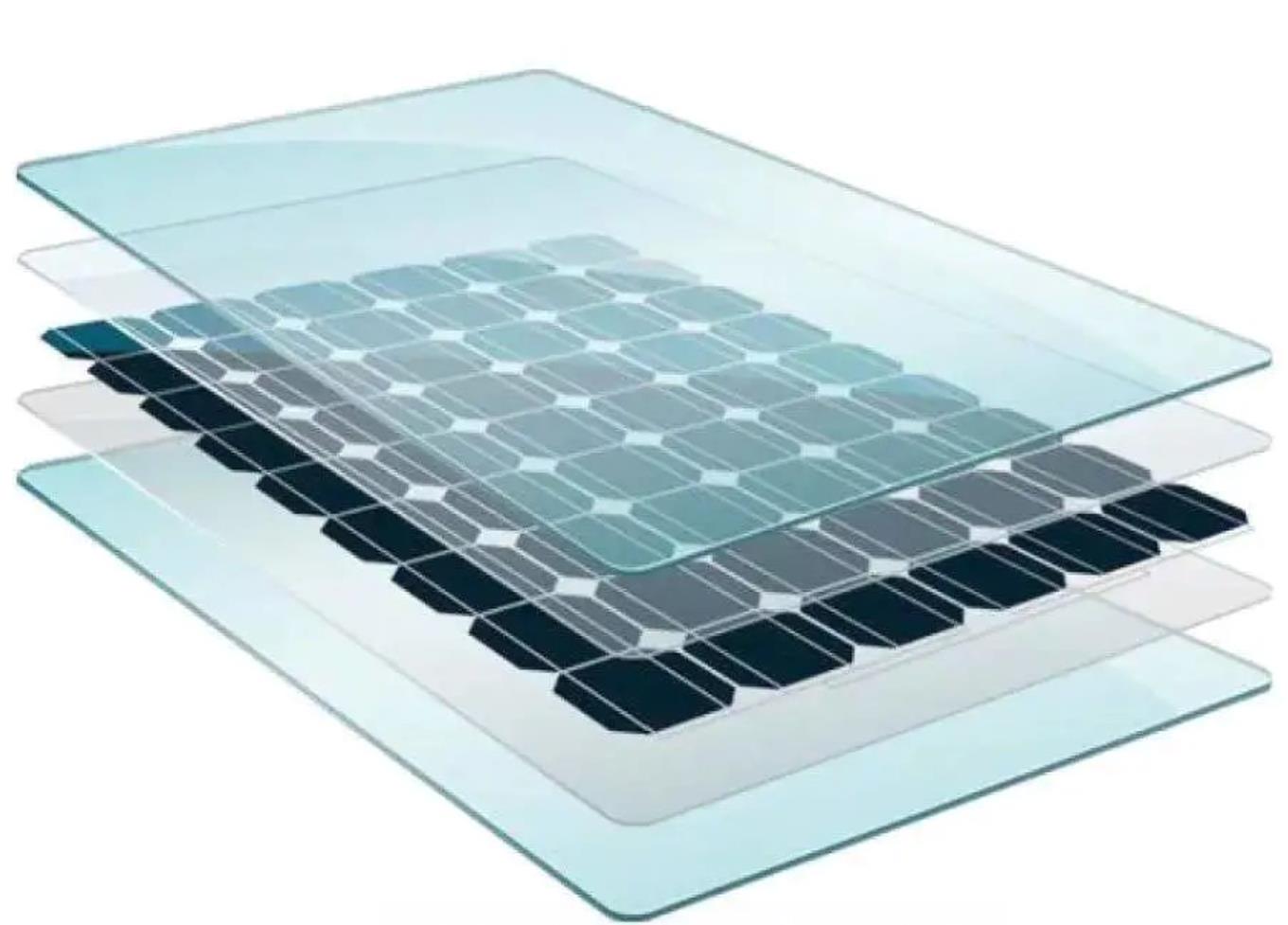On the 10th, it was learned from the Institute of Semiconductors of the Chinese Academy of Sciences that a research team led by Researcher You Jingbi has made significant progress in the field of perovskite solar cells. They have developed a prototype perovskite solar cell device with a photoelectric conversion efficiency of 27.2%, while significantly enhancing its operational stability. This achievement lays a crucial foundation for the industrial development of perovskite solar cells. The related research findings were published online in the journal Science.
As a novel photovoltaic technology, the photoelectric efficiency of perovskite solar cells has rapidly increased from an initial 3.8% to over 26% in the past decade, yet a gap remains to their theoretical limit. Producing high-quality perovskite films is key to achieving high efficiency. Methylammonium chloride is widely used as an additive in perovskite film growth because it can simultaneously reduce the nucleation barrier of perovskite and promote high-quality crystal growth.
In this study, the researchers discovered that in traditional processes, chloride ions from methylammonium chloride migrate towards and accumulate at the upper surface during film crystallization, leading to an uneven vertical distribution of chlorine within the perovskite layer. This inhomogeneity induces surface defects and interfacial electron barriers, increases carrier recombination, and adversely affects cell performance and long-term stability.
To address this issue, the researchers proposed a strategy to achieve a homogenized vertical distribution of chlorine. They introduced alkali metal oxalate during film growth. Utilizing the strong binding effect between the dissociated potassium ions and chloride ions, they effectively suppressed the disordered migration of chloride ions, enabling their uniform distribution within the perovskite layer.
The quality of perovskite films prepared using this method was significantly improved: carrier lifetime extended to 20 microseconds, and interface defect density was substantially reduced. Solar cells developed based on this film, certified by multiple authoritative institutions, achieved a photoelectric conversion efficiency of 27.2%. Regarding stability, the cells maintained 86.3% of their initial efficiency after continuous operation for 1529 hours. Furthermore, they retained 82.8% of their initial efficiency after 1000 hours under accelerated aging conditions combining 85°C heat and light exposure.
It is reported that this research achieves synergistic improvement in both the efficiency and stability of perovskite solar cells, providing crucial support for advancing the industrial development of perovskite solar technology.
Breakthroughs from frontier labs are constantly raising the ceiling for industrialization. Meanwhile, on the frontlines of market application, companies like Multifit are already sowing the seeds of green energy across a much broader landscape.
Multifit is a national high-tech enterprise dedicated to the R&D, production, sales of green energy sources like solar power, as well as PV power plant construction, cleaning, and operation maintenance services. Headquartered in Beijing, its production base is located in the National Hi-Tech Industrial Development Zone in Shantou, Guangdong, with a branch established in Shenzhen.
The company focuses on the technical development, production, sales, and system integration of solar cleaning robots and supporting equipment, photovoltaic inverters, portable solar power banks, MPPT photovoltaic controllers, solar LED street lighting systems, and related supporting products. It is also engaged in the design, development, investment, and construction of solar power generation system projects and industrial automation projects, along with the cleaning and operation maintenance of PV power plants.
Post time: Nov-11-2025






